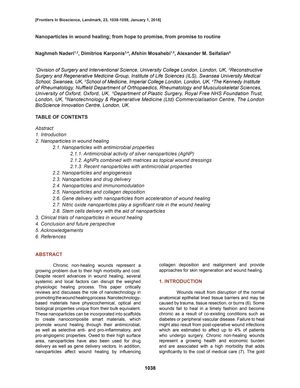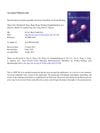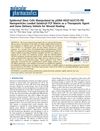Nanoparticles in wound healing from hope to promise from promise to routine
January 2018
in “Frontiers in Bioscience”

TLDR Nanoparticles show promise for better wound healing, but more research is needed to ensure safety and effectiveness.
The 2018 document reviews the potential of nanoparticles (NPs) in enhancing wound healing, focusing on their unique properties that can improve the healing process through antimicrobial activity, modulation of inflammation, and promotion of angiogenesis. Silver nanoparticles (AgNPs) are emphasized for their antimicrobial properties, showing effectiveness against bacterial strains like MRSA and no cytotoxicity in vitro, which leads to improved wound contraction. Clinical evaluations of silver-based dressings have demonstrated reduced healing times. The document also discusses the use of other nanoparticles for drug and growth factor delivery to stimulate cell proliferation and angiogenesis, with studies showing positive results in animal models. However, it notes the importance of balancing antimicrobial activity with cytotoxicity to human cells and calls for further preclinical studies to ensure safe dosing. The potential of nanoparticles in stem cell delivery and tissue reconstruction is also mentioned, with the conclusion that nanotechnology-based treatments hold significant promise for improving wound healing in the future, but more research is needed to optimize these therapies and minimize potential adverse effects.
View this study on imrpress.com →
Cited in this study

research Dual growth factor releasing multi-functional nanofibers for wound healing
The nanofibers with two growth factors improved wound healing by supporting structure, preventing infection, and aiding tissue growth.

research Epidermal Stem Cells Manipulated by pDNA-VEGF165/CYD-PEI Nanoparticles Loaded Gelatin/β-TCP Matrix as a Therapeutic Agent and Gene Delivery Vehicle for Wound Healing
The gelatin/β-TCP scaffold with nanoparticles improves wound healing and skin regeneration.